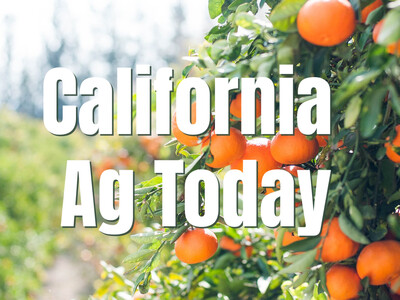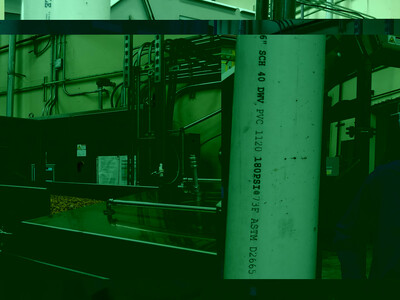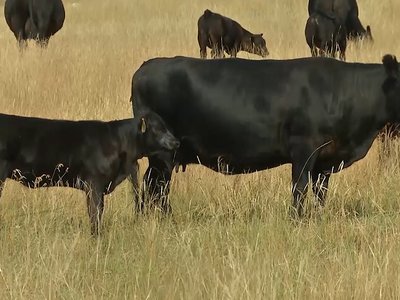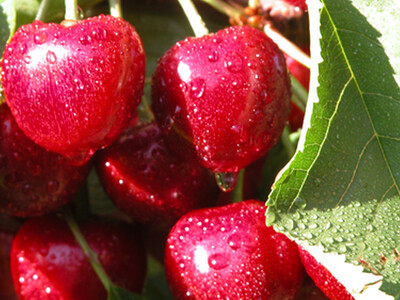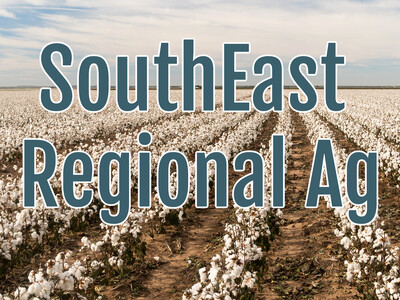Optimizing the Livestock Microbiome

Tim Hammerich
News Reporter
The key to more efficient animal agriculture production may not be in the feed, but in the microbiome of that animal. At least that’s how Mike Seely sees things. He’s the CEO of Native Microbials, which has a proprietary method for profiling animal microbiomes.
Seely… “We first start off by just studying what's going on in these animals. Very comprehensive, piecing together, deciphering what's happening in the rumen. So what organisms co-distribute across different animal states, different diets, different performance metrics. And you know, which organisms tend to co-distribute more when the animal is performing really well. And in from that kind of, I think of it as just like a digital snapshot of that rumen environment, then go in and figure out which ones we want to make into a product so that producers can then feed those back.”
Seely has developed a whole line of microbial products using this process. The goal for farmers and ranchers is ultimately a healthier and more productive animal.
Seely… “Ultimately, the organisms when you give back the right rumen microbes, they're able to sort of shift the community in such a way that the animal is able to process that feed in a more elegant way for that animal.”
If you’d like to learn more about the potential for microbial feed additives in your operation and see some of the research that’s been done to validate this technology, visit nativemicrobials.com.




